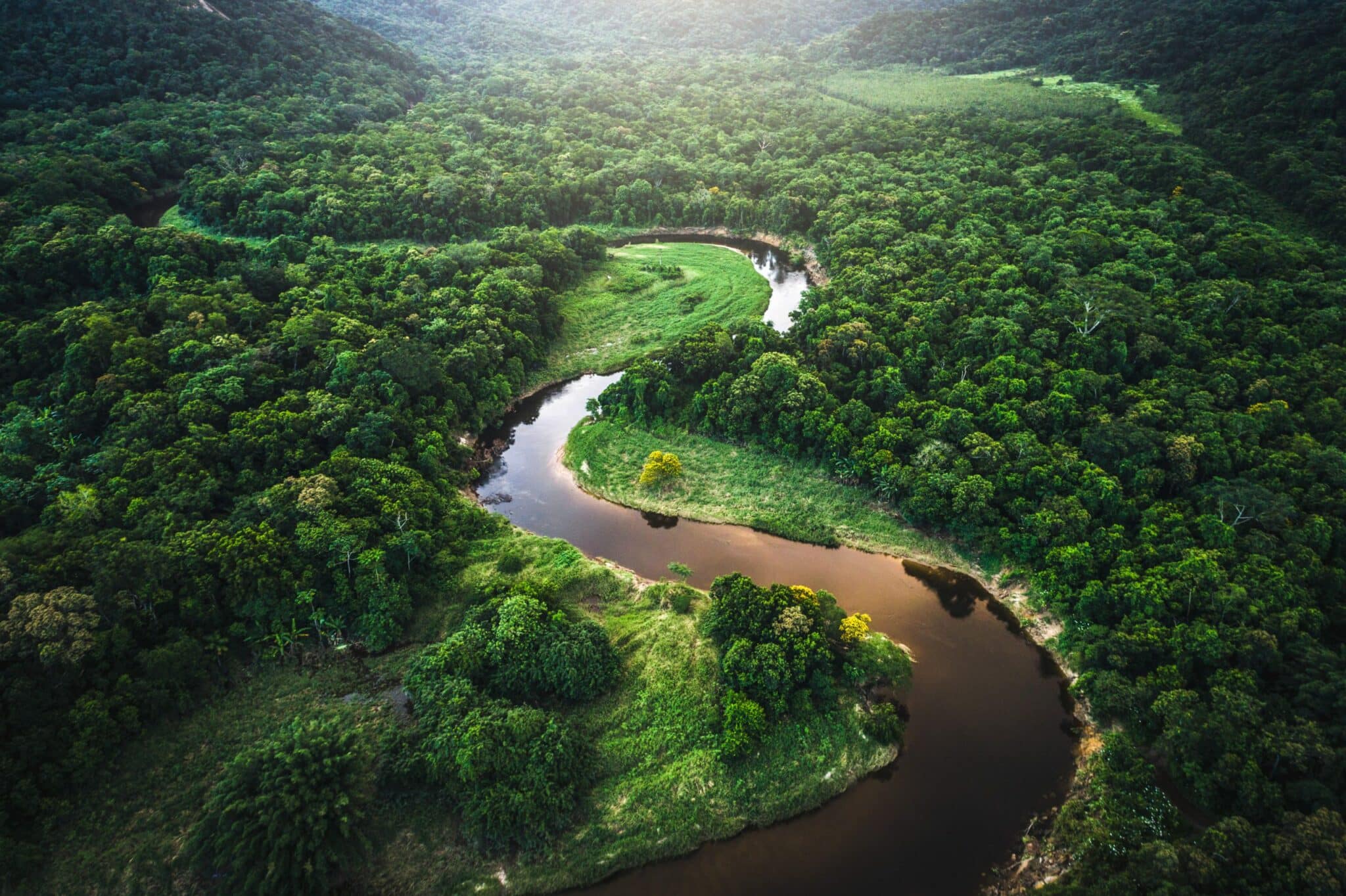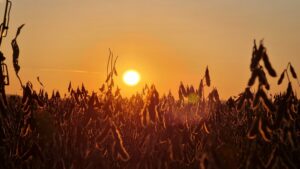Developing countries across the world are facing a challenge that has forced them to choose between economic growth and environmental protection. As they increase their agricultural production, countries often transform forests into cropland and pastures. The large-scale removal of these trees can be detrimental, weakening the world’s ability to combat climate deterioration and biodiversity loss.
Brazil is a prime example. The country houses the largest area of rainforest in the world, amounting to nearly 1.2 million square miles, over 16 times larger than Nebraska, according to a release. The large tracts of rainforests found in the Amazon release massive amounts of carbon dioxide when converted to agriculture, exacerbating climate change.
Enhancing agricultural production remains a national priority for Brazil as a top five global producer of 34 commodities and the world’s largest soybean exporter.
A four-year study conducted by the University of Nebraska-Lincoln and Brazilian research partners discovered a plan of action that could allow Brazil to grow its agricultural sector while protecting the rainforest.
“In the current context of high grain prices and food supply disruptions, we believe there is a critical need for major crop-producing countries to reassess their potential to produce more on existing cropland,” shared the authors in an article published in the journal Nature Sustainability. “Without an emphasis on intensifying crop production within the existing agricultural area, coupled with strong institutions and policies that prevent deforestation in frontier agricultural areas, it would be difficult to protect the last bastions of forests and biodiversity on the planet while being sensitive to the economic aspirations of countries to develop.”
While moratoria and incentives have been utilized in the past to slow deforestation, the sharp increase in commodity prices and political pressure on the country to recover from the impacts of COVID-19 and the invasion of Ukraine have heightened the threat facing the Amazonian rainforest. If current trends remain the same, Brazil will convert nearly 57 million acres of forest into land for soybean production over the next 15 years, with close to one-fourth of the expansion on environmentally fragile lands, continued the release.
Despite the risks, putting a stop to the cropland expansion would cost $447 billion due to lost economic opportunity through 2035.
The Solution
The study shows how Brazil could expand agricultural production without forgoing more rainforest and savannah for crops. Through a carefully managed strategy that enhances production on existing acres, Brazil could elevate its soybean output annually by 36% by 2035, while decreasing greenhouse gas emissions by 58%.
The intensification strategy developed by researchers calls for:
- A significant increase in soybean crop yields.
- The growth of a second crop of corn in soybean fields in specific areas.
- The raising of more cattle on smaller pastures, allowing more land for soybeans.
The tropical and subtropical climates in Brazil allow two crops to cultivate on the same land in most regions, according to Patricio Grassini, associate professor in the Department of Agronomy and Horticulture at Nebraska and lead author on the study.
“Livestock production is huge in Brazil and our study shows there is a big opportunity for Brazil to increase livestock-based production systems and by doing so, free up some of the area currently used for livestock production and use that land for producing more soy,” said Grassini.
To determine the potential for yield improvement, researchers analyzed soybean production in the Pampa and the Atlantic Forest regions lining the Atlantic coast and the Amazon and Cerrado regions within Brazil’s interior. Scientists utilized the Global Yield Gap Atlas, a resource previously created by Grassini and his colleagues at Nebraska that provides high-quality agronomic data encompassing over 15 major food crops throughout more than 75 countries.
“By showing that it is possible to produce more on existing agricultural land, this research study is bringing real solutions to the table and can have a massive impact to help Brazil produce more while protecting the environment,” shared the scientists from the study.
While Grassini believes the approach could help reach a balance between enhancing crop production and protecting the environment, he cautions that the plan must be accompanied by strong institutions, policy and enforcement.
Researchers calculated three scenarios among the four key regions: ‘”business as usual,’ where existing trends would continue; ‘no cropland expansion,’ where additional land conversion would be prohibited; and ‘intensification,’ where steps would be taken to increase yields, encourage second cropping and concentrate cattle production,” explained the release.
The team concluded that the intensification strategy would allow Brazil to make 85% of the predicted gross income off of soybean and second-crop maize, while decreasing global climate warming by 58%.
Read More:
Canadian and Brazilian Synchrotrons Join Forces to Create New Technologies
This One Technique Helps Keep Brazil at the Forefront of Technology
Can South America Become an Ag Powerhouse for the World?
What the Seed Industry in the Americas Needs Most: 5 Questions with SAA President Angel Saavedra













